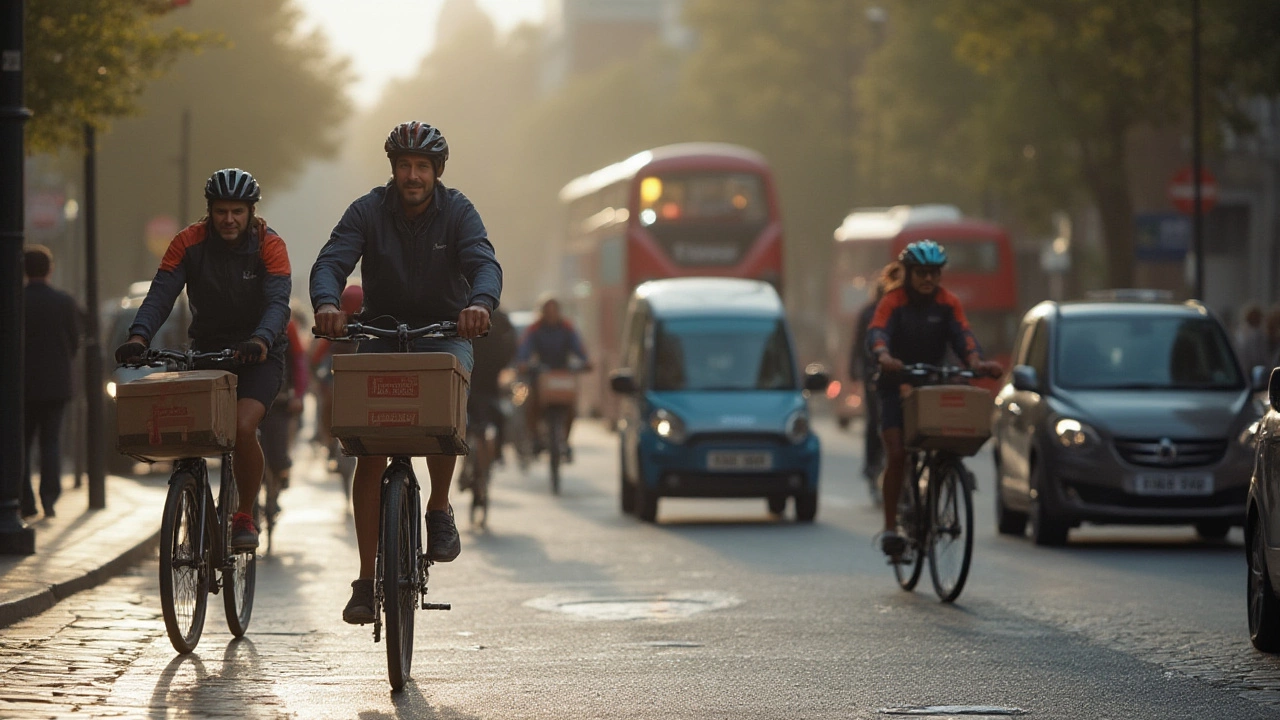Last Mile Delivery Risk: Real‑World Tips to Keep Packages Safe
Did you know that over 30% of missed deliveries happen in the last mile? That’s the stretch from the local hub to a customer’s door, and it’s where most problems pop up. Whether you run a small courier service or manage a big fleet, understanding the risks can save you money and reputation.
Why the Last Mile Is the Weak Spot
First off, the last mile is chaotic. Drivers deal with traffic, narrow streets, and unpredictable customers. A missed address, a broken vehicle, or a weather surprise can turn a simple drop‑off into a costly nightmare. Add to that the pressure of same‑day promises – there’s no wiggle room for delays.
Another big risk is theft. Packages left on doorsteps or in unsecured lockers are easy targets. In urban areas, bike couriers often have to leave parcels unattended for minutes while they navigate stairs or elevators.
Practical Ways to Cut the Risks
1. Use real‑time tracking and alerts. Give customers a link that updates every few minutes. When they know exactly when the driver arrives, they’re more likely to be home, which cuts missed‑delivery rates dramatically.
2. Plan routes with traffic data. Many free map tools now show live congestion. Feeding that data into your dispatch system lets drivers avoid bottlenecks and keep delivery windows tight.
3. Equip drivers with secure handheld devices. A simple barcode scanner that records proof of delivery (photo + signature) adds a layer of accountability and deters theft.
4. Offer flexible delivery options. Let customers choose a safe place (like a porch locker) or a specific time slot. When people can tailor the drop‑off, the chance of a missed or stolen package drops.
5. Maintain your fleet. A broken bike or van on the road stalls the whole route. Schedule regular checks, keep spare parts handy, and have a backup driver pool ready.
6. Train drivers on customer communication. A quick call or text before arriving can solve address issues that GPS can’t see, like a new gate code.
7. Use insurance wisely. Not every small parcel needs coverage, but high‑value items should be insured. Make the policy clear to customers so they know what’s protected.
Finally, review your data each week. Spot patterns – maybe a certain neighborhood has higher failure rates, or a particular driver consistently runs late. Tweaking routes, adjusting staffing, or adding a locker there can turn a problem area into a smooth zone.
Bottom line: the last mile is risky, but the risks are manageable. By using technology, giving customers choices, and keeping your fleet in top shape, you turn a potential headache into a competitive edge. Your customers get their orders on time, you keep costs down, and the whole delivery chain runs smoother.
Understanding Last Mile Delivery Risk: Key Challenges in Modern Logistics
Explore what last mile delivery risk means, why it matters for ecommerce, and how to tackle the biggest delivery challenges in the supply chain.
© 2025. All rights reserved.

